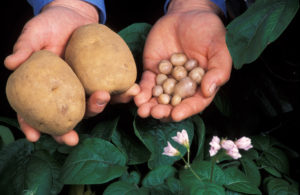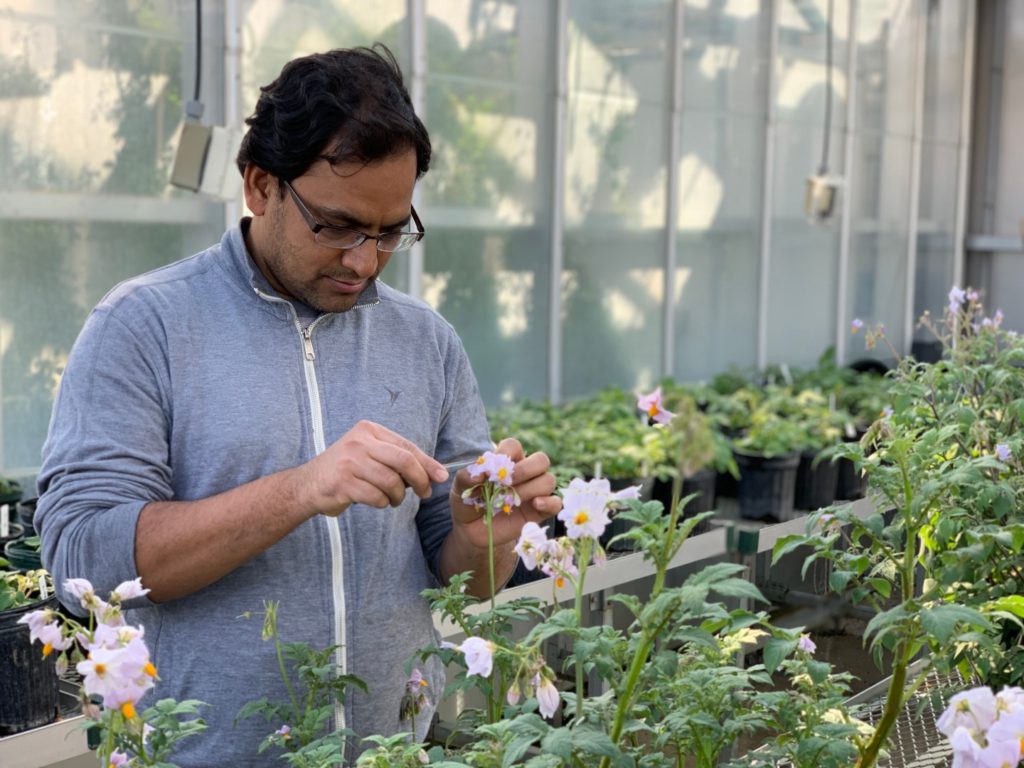Distant cousins of cultivated potato may hold key to resisting crop’s most devastating disease
Provided by Jan Suszkiw, U.S. Department of Agriculture ARS (Agricultural Research Service)

Distant cousins of cultivated potato may hold the key to unlocking new sources of resistance to the tuber crop’s most devastating disease, late blight.
That is the hope of a team of U.S. Department of Agriculture ARS (Agricultural Research Service) scientists affiliated with the University of Wisconsin-Madison College of Agricultural and Life Sciences (CALS).
The scientists conducted laboratory trials in which they exposed the leaves of 72 species of wild potato to spores of the late blight pathogen Phytophthora infestans—the same culprit that triggered the Irish Potato Famine of the 1840’s.
Late blight remains a worldwide threat today to not only potato, but also tomato crops, inflicting an estimated $6.7 billion annually in yield losses and control costs.
In susceptible varieties, the fungus-like pathogen causes dark lesions and other disease symptoms that rapidly destroy the plant’s leaves, stem, fruit or tubers, noted Dennis Halterman, a plant geneticist with the ARS Vegetable Crops Research Unit in Madison, Wisconsin, who is also an honorary associate in the CALS Department of Plant Pathology.
There, Halterman specializes in the genetic “arms race” that potato plants engage in with the pathogens that attack and sicken them, often forcing growers to retaliate with chemical controls like fungicides that can ratchet up production costs and concerns over environmental harm.


